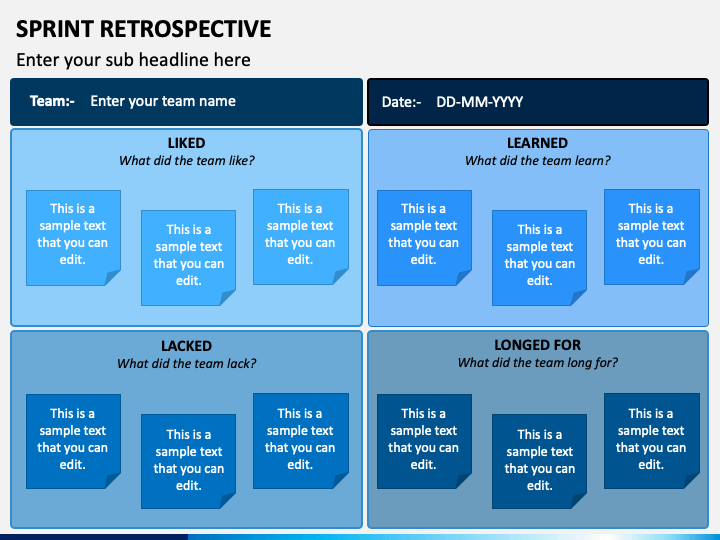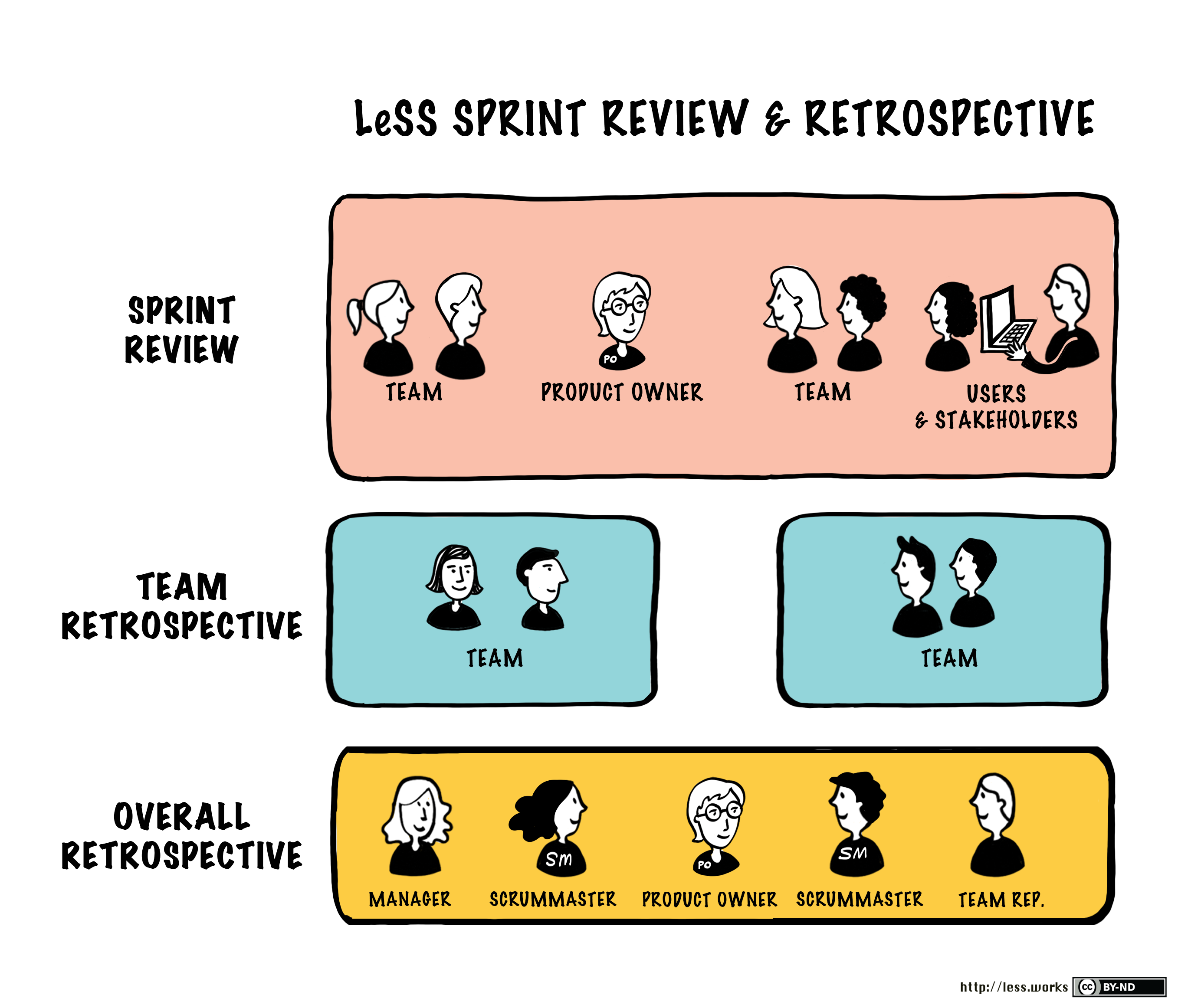

Discuss how it wentĪt the end of your next sprint comes another retrospective, where you can discuss how any changes you made panned out. Make sure you’re actually turning those ideas into action.

This is not only a time when they’ll be getting more work done, but also improving their processes and interactions based on what was discussed in your retrospective. Work to improve your processesįollowing your retrospective, your agile team will move into their next sprint. If the team starts to explore an unnecessary tangent, steer them back to evaluating your past sprint and improving your next one. Start with those to get the conversation underway, but be prepared that other talking points will come up. Good news: I’ve already outlined those above. Put them on the calendar now and add your team members to that meeting event, so you make sure it happens. Invite your teamĪ retrospective should happen at the end of each sprint. Generally, sprints shouldn’t be longer than a month. If you aren’t sure how long you’ll need, two weeks per sprint is a solid starting point. Schedule those out on your team’s calendar. In order to figure out when you’ll be hosting your sprint retrospective meeting, you need to know when your sprints are happening. Miro’s retrospective templates will help you discuss positive and negative feedback and plan improvements. Here's one the Miro team loves to use: Now that you’re armed with the questions you want to ask, you’re ready to pull your retrospective meeting together.
#SPRINT RETROSPECTIVE TEMPLATE HOW TO#
How to perform a sprint retrospective in 6 steps They’ll continue to identify areas for improvement and then actually act on them. When your agile team takes advantage of these regular intervals to evaluate their collaborations, their processes and output get better and better. That brings us to the biggest benefit of retrospectives. This isn’t just a vent session – it’s a chance for your team to address those challenges and work together more efficiently and effectively. Those all bubble to the surface in project retrospectives. There are likely sticking points and tensions you aren’t even aware of. You get so caught up in getting stuff done, you don’t often step back and evaluate how you get stuff done. It seems sensible on paper, yet it’s a trap that many teams fall into. We all know the sentiment that goes something like, “Insanity is doing the same thing over and over again and expecting a different result.” Your retrospective provides an opportunity for everyone to voice their opinions (and not just your most extroverted team members). What went well in your last sprint? What could’ve gone better? How will you act on that information? But, you might have even more team members who just keep their heads down in their work – even if something isn’t working quite right.Ī retrospective meeting invites all of your team members to chime in with their insights.

You might have a few vocal team members who are comfortable speaking up when they hit a bump in the road. However, agile retrospectives are well worth the time and effort. When the average organization invests upwards of 15% of their collective time in meetings, I understand if you’re hesitant to pull your team together for yet another sit-down. Why retrospectives are a crucial tool for teams Retrospectives give teams information about what went well (and what didn’t) that they can use to improve their next sprints. Agile teams perform retrospectives at the end of sprints – which are short periods of time (or timeboxes) in which teams complete a set amount of work. You might also hear retrospective meetings referred to as Scrum retrospectives, sprint retrospectives, or even post-mortems.
#SPRINT RETROSPECTIVE TEMPLATE UPDATE#


 0 kommentar(er)
0 kommentar(er)
